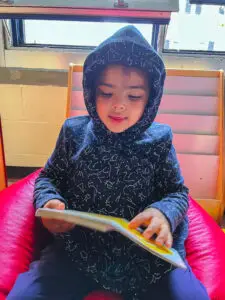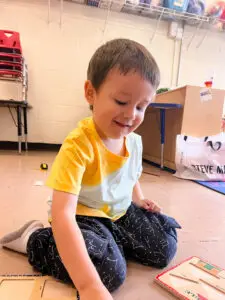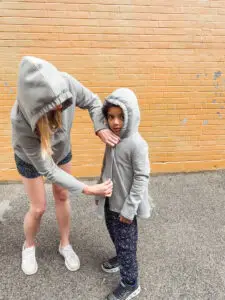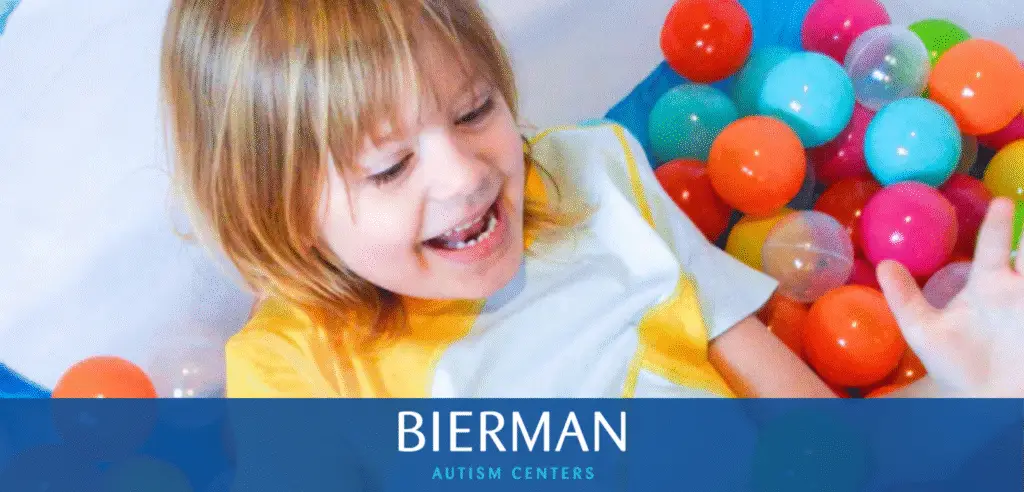Clothing can play a key role in learning and behavior. Sense-ational You is a brand designed by a former special education paraprofessional to specifically support children with autism and sensory processing needs.
Did you know that adaptive clothing can complement academic, communication, and behavior goals by helping children regulate their sensory systems, increasing focus, participation, and independence in everyday routines?
The Overlooked Role of Clothing in Sensory Regulation
For kids with sensory processing differences, clothing tags can feel painful every time they move or like a pebble in your shoe you can’t shake out. Bulky seams can rub and be unbearable. Stiff fabrics and tight collars can feel overwhelming and suffocating.
When you don’t experience these sensations with clothing, it can be easy to dismiss it as something the child needs to get over or deal with. However, sensory needs are very real and very important to accommodate. Otherwise, learning and communication can’t occur.
If a child starts the day in dysregulating clothing, their tolerance for anything else will be low to nonexistent. This will lead to an increase in behavior struggles, more meltdowns, and a child who is unable to listen and learn.

Designed with Purpose: Sensory Clothing that Supports Success
Sense-ational You’s clothing is designed to eliminate these sensory triggers AND incorporate built-in sensory tools to further support regulation anywhere children with autism go.
For sensory comfort, their clothing include:
- No tags
- Flat seams
- Soft knit fabric
- Stitched down pockets
- No metal zippers or snaps
Sense-ational You’s clothing also is made with soft elastic waistbands and magnetic closures of independence and all day comfort.
For convenient and discrete regulation, Sense-ational You adds sensory tools right into their sensory friendly designs. Such as:
- A sound-reducing hood built into their hoodie with an optional eye mask to pull down (check it out here!)
- Adjustable compression incorporated underneath their t-shirts
- A built-in fidget pocket so that they always have a sensory tool handy that can’t be lost
The goal of Sense-ational You’s clothing is to reduce triggers and support calm, ready-to-learn bodies.

From the Clinic to the Classroom: Real-Life Impact
Sensory clothing is making a tangible difference in schools!
Improved transitions: “My little can tolerate school wide events now that are held in the multi-purpose room. Dims the noise just enough and not as obvious as noise cancelling headphones”
Reduced meltdowns: “I got my son one of these and he loves it. It’s been a life saver in school”
Increased inclusion: “This is the calmest he has been all year in the cafeteria. Allowed him to enjoy lunch and not be completely overwhelmed with noise and light”
Encourage independence: “He loved the independence that the magnetic snaps gave him and he had an immediate smile on his face when he put it on for the first time.”
Supported learning: “It has been such a huge help for her! She goes to a private school that also has several sensory needs kids. She’s been wearing it in class and her teachers love it!”
A Collaborative Future: Clothing as a Tool in the Autism Toolbox
Just like noise-canceling headphones and visual schedules, sensory-friendly clothing can be a powerful support in a child’s daily routine in therapy and at home.
Sense-ational You believes adaptive fashion should be part of the broader strategy to help children with autism feel comfortable, confident, and ready to engage. At home, in therapy, in school, or out in the world!

Learn More / Try It Out
Want to see how sensory clothing can make a difference for your child? Explore Sense-ational You’s full line at www.shopsenseationalyou.com. Each piece is designed with insight from real families, educators, and therapists.
Bierman families can enjoy 10% off with code BIERMAN10. Follow them on Instagram @senseational_you for more tips on supporting sensory needs through clothing.


